So here are some hot tips on hemming knits at home.
Hemming with a sewing machine
The closest to a coverstitch is the twin needle. They give a little bit of stretch to your sewing and have a zig-zag-esque finish on the underside of your sewing. Twin needles are designed to do pin-tucks and can raise the channel in-between the two rows of stitching. If you loosen the tension it helps to flatten any bumps. The needles come in a variety of widths - the narrow ones will produce a flatter stitch but looks a bit narrower than commercial coverstitch.
Other stitch patterns using a 4mm twin needle.
Our hem finish of choice is currently a pre-set decorative stitch on our domestic machine as featured on the Aeolian Tee/Dress. The shape looks like a triple zig-zag - it has heaps of stretch and is approximately 8 mm wide. It’s not quick to do but looks great.

Hemming with your overlocker
You can faux flatlock with your overlocker or use the wrong side up and get a dashed stitch look. We would recommend being selective with this. If it hits the mark it can look really great but when it isn't right it looks a bit stringy and raised. It is essential to testing and adjust until it is the right tension for your fabric and to play around with the stitch density. Check out our instructions on faux flatlocking.
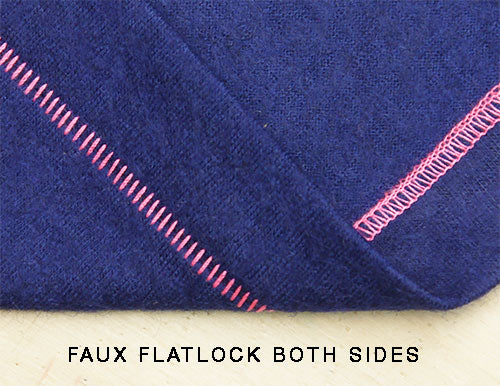
Another option is the overlocker roll hem. Again when it is right it can really work, but it is not recommended for most. The main issue with the roll hem is that it can pull away from the fabric. Secondly it really likes to ripple the edges (aka "the lettuce leaf") and at it's worst can look a bit careless. On the upside, it is so simple that it can complement a pared back, minimal garment and can also be used with rubber elastic for lingerie and sportswear.
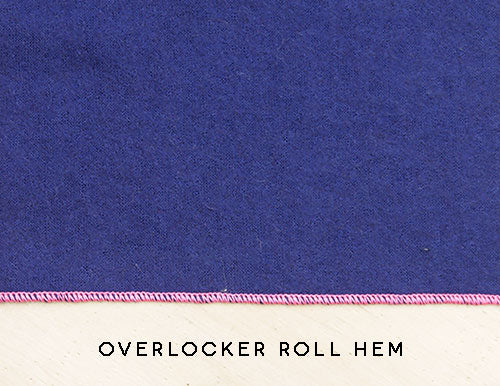

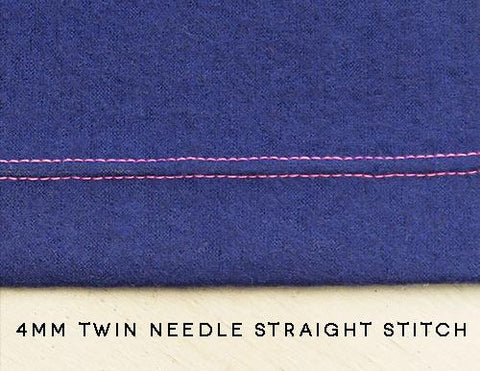
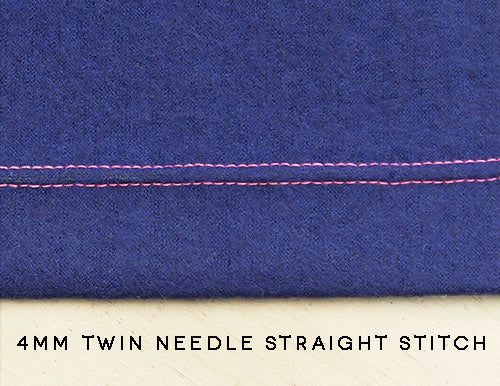
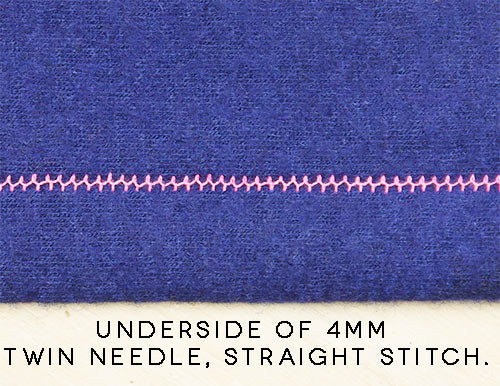
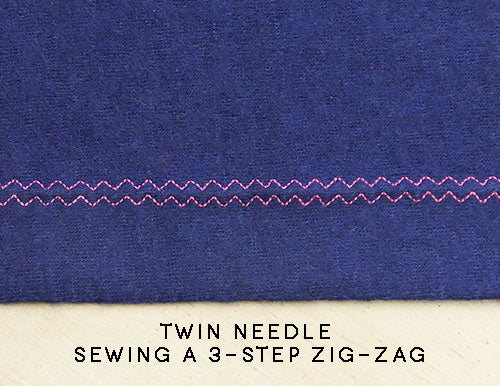
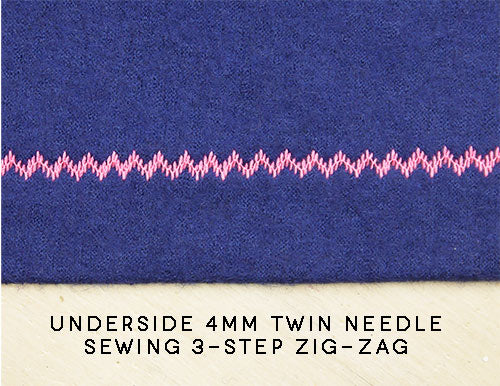
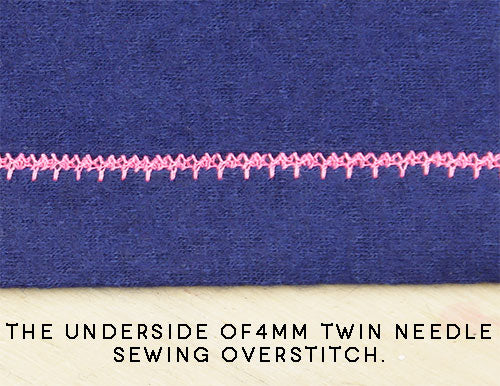
1 Comment
This is great! I always hem my knits with a twin needle, with woolly nylon in the bobbin, bit I have never thought of trying it with a three step zigzag. Must give it a go!